The top chefs serving our cultural institutions
Across the nation, galleries, theatre companies, museums and beloved heritage buildings are upping the ante when it comes to the food they offer to visitors, using the platform to share the rich culinary story of Australia.
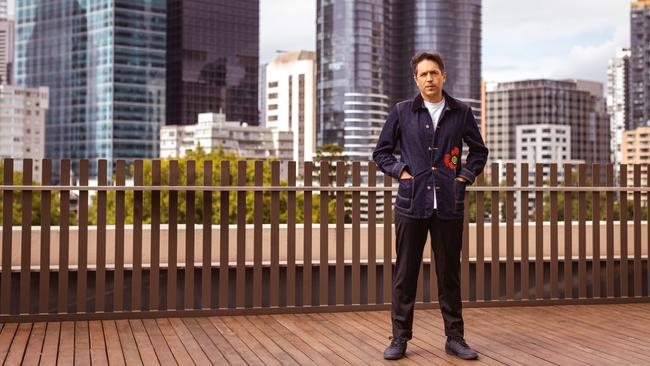
Something happened to Ben Shewry during the early days of the pandemic that changed the way he viewed the world, and his place in it.
The Melbourne chef had been scrambling to keep his beloved Attica restaurant afloat amid mass hospitality closures when he decided to open a takeaway version of the famed fine diner. Shewry served up homestyle dishes such as lasagne, soup and cakes – comfort food for troubled times – but was wary of the reception his makeshift eatery would receive from diners confronting their own lockdown problems.
“There was a moment during the early days of covid when I thought we weren’t going to make it,” Shewry reflects.
“We had self-doubt and anxiety and we thought, ‘Will anybody give a damn about us?’. There seemed like bigger things to worry about than the restaurant.”
Turns out he shouldn’t have been concerned.
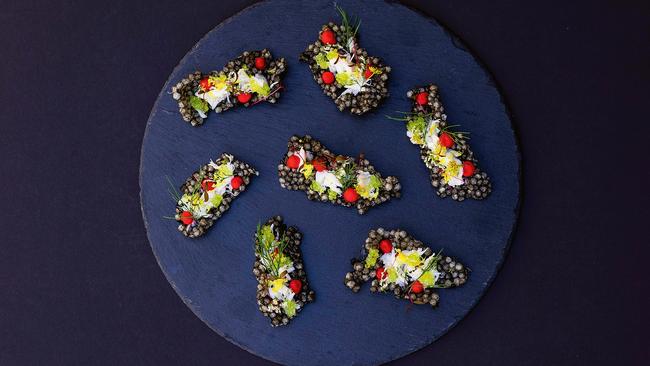
“We were overwhelmed by the reception,” the award-winning chef explains. “On the third day, I was serving in the bake shop and this woman comes in, this lovely woman, who said to me, ‘I have lost my job. But I wanted to come and spend a small part of my last pay cheque with you’. And I burst into tears and she burst into tears and it was a beautiful moment.”
What Shewry realised in that moment was that there was – and is – a sense of communal ownership towards his restaurant that he hadn’t understood prior to it being under threat. Not only was Attica important to the chef and his staff, but it gave a sense of joy and pride to the wider Melbourne community, too.
“Food is such a vital and integral part of what Australian life means to us all,” he says. “We had built this incredible restaurant that people really, really believed in.”
And so when the chef was approached last year to join catering group The Fresh Collective to become the culinary ambassador for Victorian events, he gave the proposition serious consideration. The deal would see him write and oversee menus for some of the state’s most esteemed cultural institutions including Melbourne Museum, the Royal Exhibition Building, the Immigration Museum, the Melbourne Theatre Company and ACMI (the Australian Centre for Moving Image).
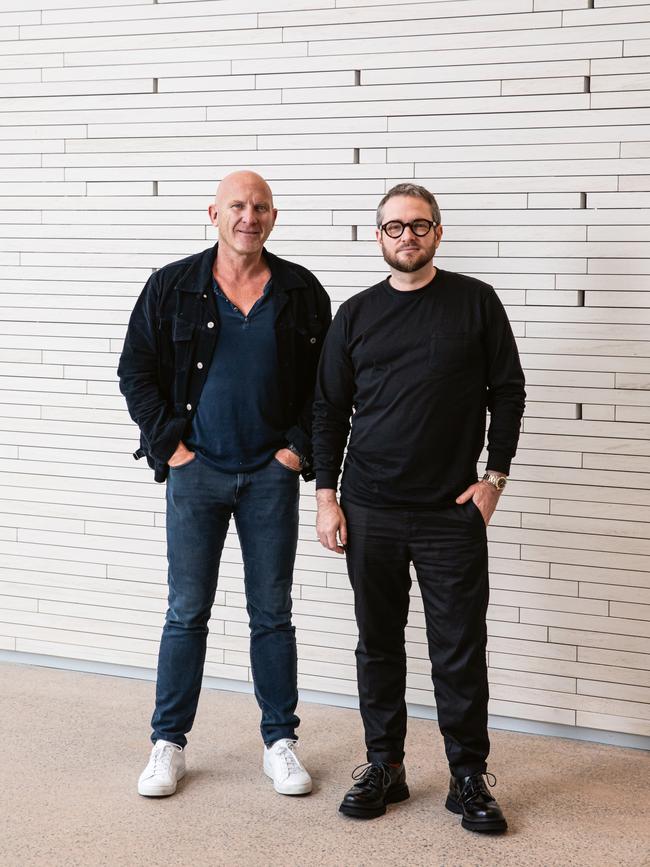
“It’s interesting,” he says, describing why he decided to say yes to the ambassadorship. “Since covid, we feel almost a moral obligation now to society to do things like this. Because we are so grateful for what people did for us.”
Shewry may have some altruistic motives for taking on the role, but he is certainly not the only high-flying chef currently forming key associations with some of the country’s most treasured cultural institutions.
Across the nation, decision makers at museums, galleries, theatre companies and even heritage buildings are putting in serious thought and work when it comes to the food offering for visitors, not only in their onsite restaurants, but on event menus.
In Sydney, former Fred’s head chef Danielle Alvarez has been appointed culinary director at the Sydney Opera House, working with the Trippas White Group to deliver events menus inside the heritage-listed sails; top-tiered chef Clayton Wells (ex-Automata) is at the 2022-opened Sydney Modern Project, while Matt Moran runs Crafted by Matt Moran at the Art Gallery of NSW. Both Wells and Moran are also involved in catering at the institutions.
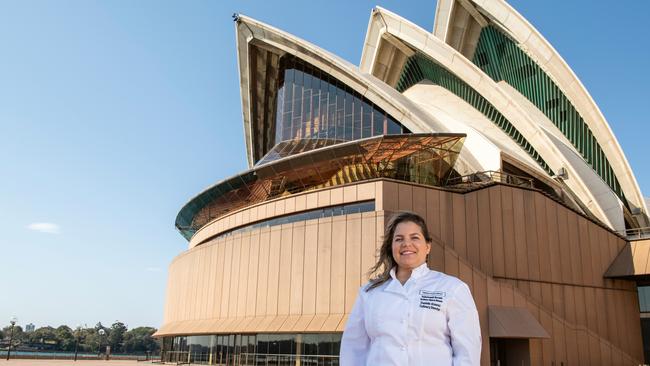
For Moran, the gallery restaurant has afforded him a canvas upon which to showcase the natural synergy he sees between food and art.
“Food is so often considered art, and the passion and attention to detail involved can also be applied to artistic expression, in my view,” he says. “You have to really understand that both food and art are a craft. And they are both inherently experimental, too. We’re always looking at what we can do differently, and what is going to excite people. Our current menu has a pineapple granita with whipped coconut cream and boozy raisins, and I can’t seem to get enough of it.”
Alvarez says there is an almost moral obligation for cultural institutions to reflect Australia’s excellent and high-end food culture on their menus.
“Australians have so much pride in their food,” she says. “For me, the focus of what I do at [Sydney] Opera House is to have food that is representative of the culture.”
That means, Alvarez believes, blending elements of cuisines from around the world, including Asia, the United States and Europe with sparkling Australian produce and native ingredients. To that end, her catering menus read like a romp through Australian flavours in dishes such as crumpets with spanner crab and yuzu kosho, and Sydney rock oysters with passionfruit, ginger and lime mignonette.
“Australian food is quite diverse, and the food we offer should say something about our culture and where we are within that culture,” Alvarez argues. “Of course, being at the Sydney Opera House, I feel the pressure a bit, because we are at this amazing place and what we do has to reflect that.”
In Melbourne, chef Khanh Nguyen (formerly of Aru in Melbourne, now at King Clarence, Sydney) is also working at Melbourne Museum, presenting mod-Asian menus heavy on inventiveness and sprinkled with native Australian ingredients.
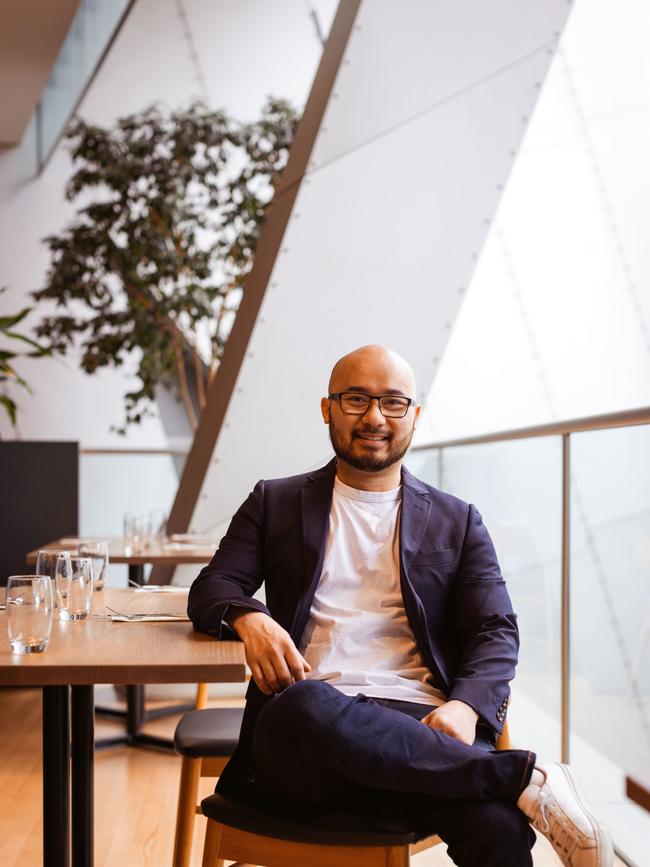
“For me, crafting the menu for Melbourne Museum has been a fascinating journey and has really drawn on my whole 15-year culinary career,” he says. “So there are Southeast Asian to East Asian influences, a blend of textures and ingredients shaped by my experiences. I’ve tried to make it a culinary blend, not just a reflection of my diverse background, but a celebration of Melbourne culture. And I’ve integrated into that my love for native Australian ingredients.”
Nguyen – whose dishes include slow-cooked Gundagai lamb with native curry and witlof, and banana crémeux with black sesame – says he has enjoyed bringing cross-cultural reference points to the establishment institution of the museum.
“As an Australian chef of Vietnamese descent, there’s an innate desire to showcase the best of Australian food,” he says. “I’m trying to not just meet expectations but create a culinary identity. The dishes, an extension of my roots, tell a story of who I am and where I’ve come from.”
Shewry finds it interesting that, like himself, many of the chefs taking up residencies in cultural institutions are migrants or from migrant backgrounds.
“I came here as an immigrant in 2002 from New Zealand and it’s almost unimaginable to me to have come here and to do what I do,” he says. “I feel very moved by that.”
Shewry adds that for many guests, trying Attica-style food at a place such as the UNESCO World Heritage-listed Royal Exhibition Building offers a taste of a food experience they might not be otherwise able to experience or afford in his tiny restaurant in Melbourne’s Ripponlea, which seats just 50 every night.
“By doing this, we can really expand what we can offer,” he says. To that end, he has dotted his menus with some of his most famous creations including “potato cooked in the earth”, a dish now retired at the restaurant. “It’s great to cook for a crowd actually, because the potatoes are cooked in the earth and you can do a lot of them,” he laughs.
With his other catering dishes, including morsels such as Victorian snapper with Champagne and finger lime sauce, and crispy chicken with lemon and cauliflower, visitors to these august institutions are in line for some excellent eating.
And that’s Australian culture at its finest.

This story is from the May issue of WISH.





To join the conversation, please log in. Don't have an account? Register
Join the conversation, you are commenting as Logout